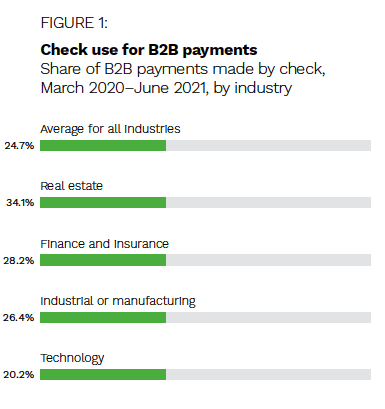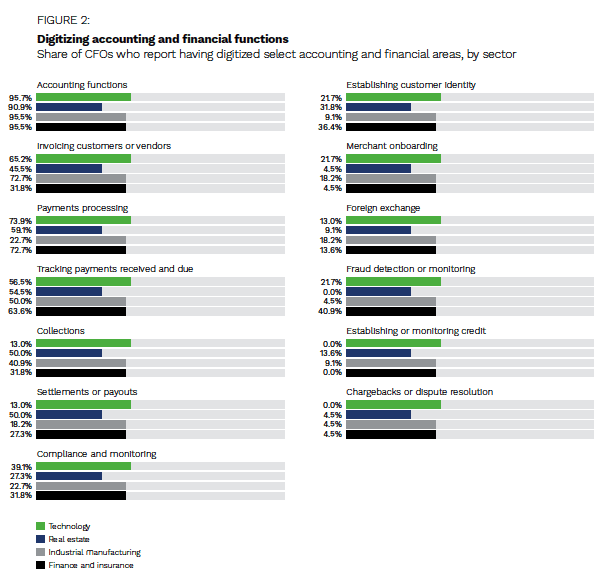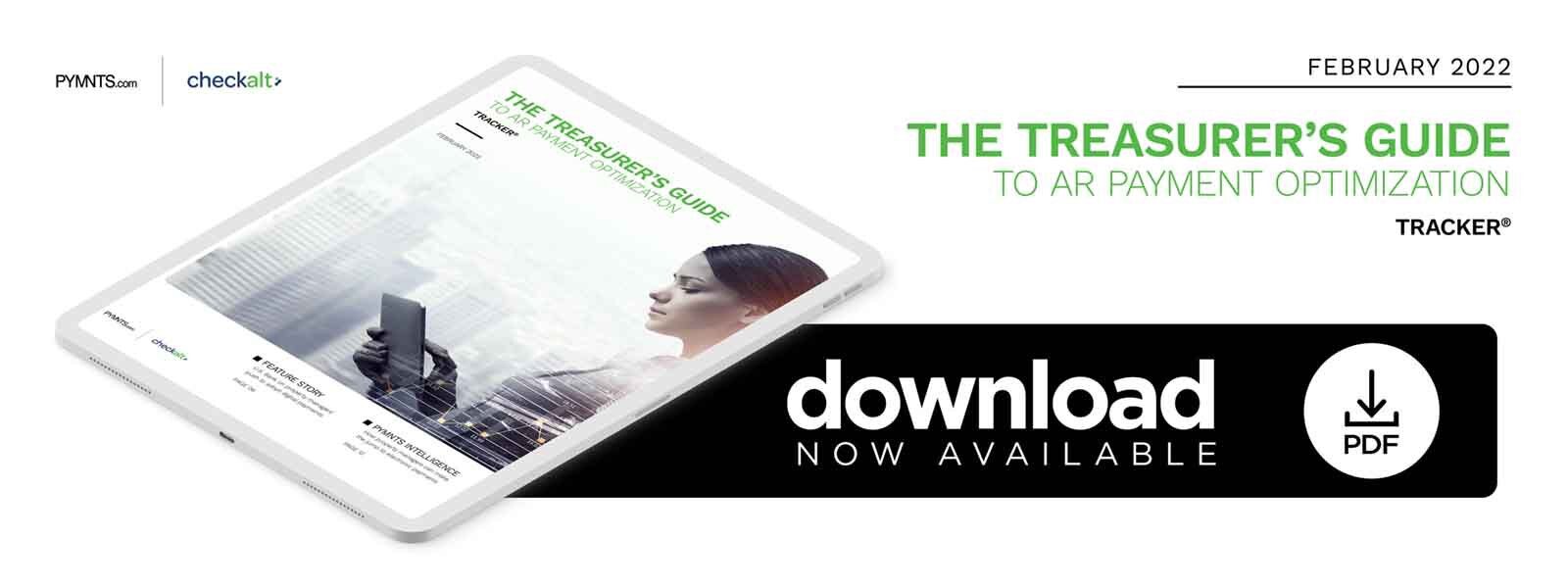PYMNTS Intelligence: Why Property Managers Must Move to Support Electronic Payments

The property management industry has positive expectations for the new year: A recent survey found that 80% of industry respondents expect their revenues to grow in 2022. The pandemic has indelibly marked the real estate space nonetheless, and not all of its impacts spark optimism. Public health and safety guidelines worsened many of the frictions already associated with paper check payments. This caused tenants, brokers and property managers — as well as their financial partners — to seek out new ways to make and collect rental payments or other bills through more efficient channels.
However, transitioning to digital payments may be challenging for property managers, especially as recent PYMNTS data shows that the real estate industry still is leaning hard on paper checks not only for rent collection, but also for a significant portion of business-to-business (B2B) payments. This month, PYMNTS examines how payments in the real estate sector are shifting and why property managers must find payment partners that can facilitate the move from manual to electronic payment processes in this changing industry.
From Paper to Electronic Payments in Property Management
Paper checks remain one of the dominant ways in which companies across multiple industries send  and receive payments, according to a recent PYMNTS study that found 40% of firms still rely on checks and postal mail for their B2B transactions. The real estate industry is especially dependent on manual methods: a June 2021 PYMNTS report found that paper checks made up 34% of real estate companies’ B2B payments.
and receive payments, according to a recent PYMNTS study that found 40% of firms still rely on checks and postal mail for their B2B transactions. The real estate industry is especially dependent on manual methods: a June 2021 PYMNTS report found that paper checks made up 34% of real estate companies’ B2B payments.
Several key factors have allowed checks to retain their grip on both B2B and rental payments in real estate, including tenants’ needs and preferences, as well as insufficiently digitally optimized payment infrastructure. Approximately 5% of American households do not have bank accounts, according to 2019 data, making them reliant on cash or other time-consuming methods to pay their rent or other bills. The stay-at-home guidelines issued during the pandemic made it more difficult for landlords or property managers to receive these payments, prompting property management companies to seek alternative methods. An April 2020 report found that tenants with access to online rent payment services were more likely to pay their rent during the preceding month.
However, property managers must be able to offer online rent payment tools in order for tenants to adopt them. Additionally, digital-first technologies are becoming crucial to property managers’ B2B processes as the need to maintain cash flow to and from vendors and other partners becomes more acute. Nevertheless, approximately 80% of commercial real estate firms surveyed in one recent study said their organizations lacked the core systems that could support emerging technologies.
Paper check reliance is becoming more and more untenable for these firms. D elays in the payment process can have costly consequences, as recent PYMNTS data showed that on average, organizations write off 1.5% of their receivables. Real estate firms have begun to take steps to make their payment processes more efficient, as 59% of real estate CFOs in a June 2021 PYMNTS report said they have digitized these processes.
elays in the payment process can have costly consequences, as recent PYMNTS data showed that on average, organizations write off 1.5% of their receivables. Real estate firms have begun to take steps to make their payment processes more efficient, as 59% of real estate CFOs in a June 2021 PYMNTS report said they have digitized these processes.
Eliminating paper checks may not be feasible for all property management companies, such as those having to ensure they can accept payments from unbanked tenants. Property managers should continue to take steps toward digitization, however — especially as their industry partners’ and tenants’ needs and preferences shift toward electronic payment methods. Property management firms can benefit from finding payment partners to help them make the switch from paper to electronic payments as they navigate the increasingly digital industry.

